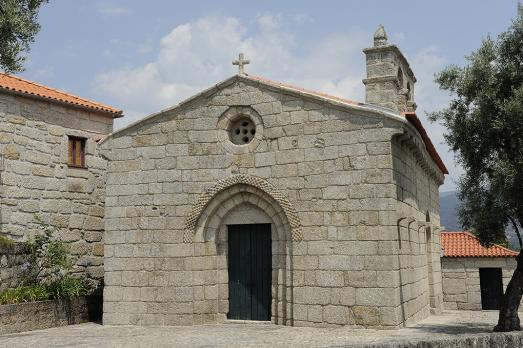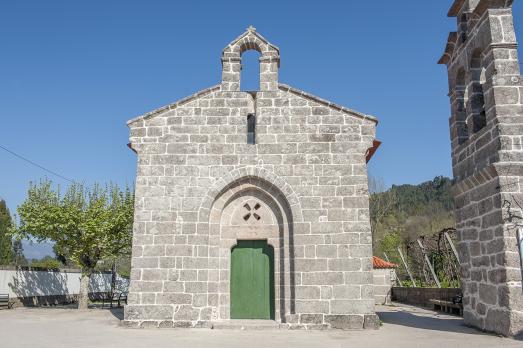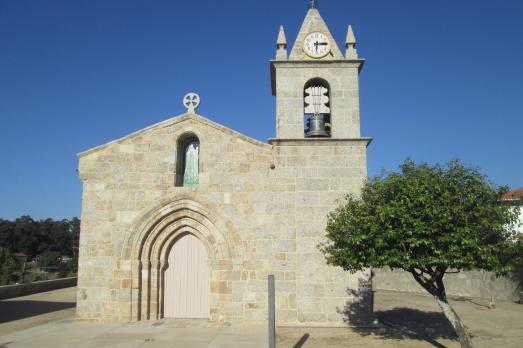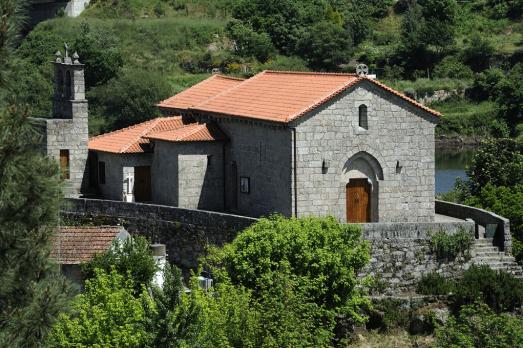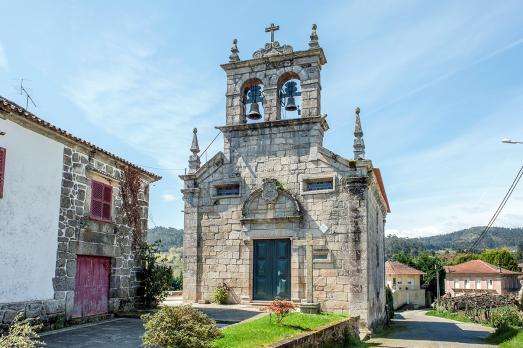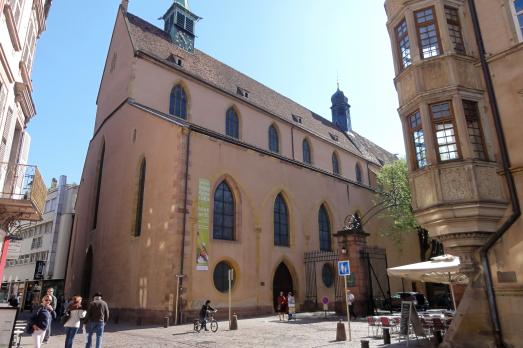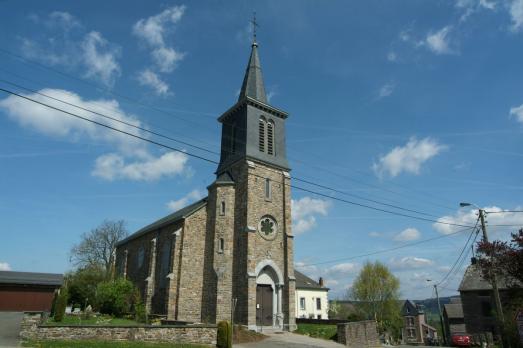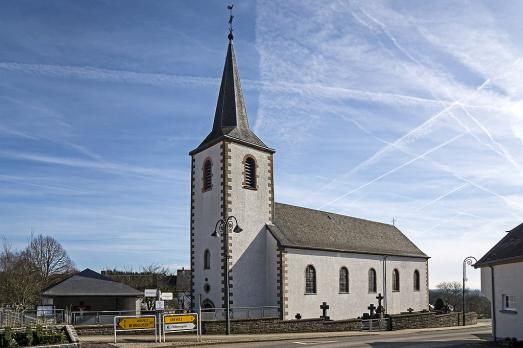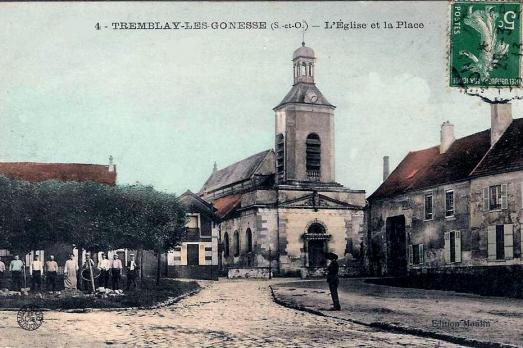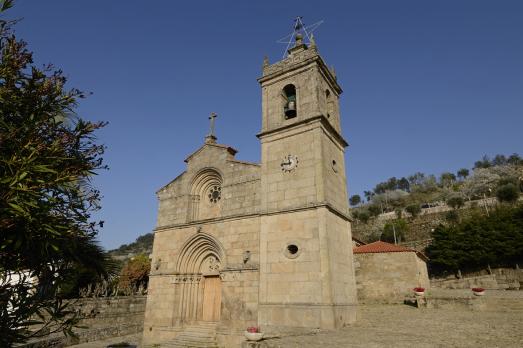
Church of Saint Mary of Barrô
Resende, PT
Built halfway on the slope, on the left bank of the Douro, the Church of Barrô, consecrated to Saint Mary, is a late Romanesque building, perhaps founded in the 12th century. The family of Egas Moniz, the schoolmaster and governor of Afonso Henriques, the first king of Portugal, is credited with its endowment and hypothetical construction or reconstruction because there are suspicions of a previous temple having stood on this very site. Without being able to pinpoint a timeline, the edification of the Church lingered in time, because, despite its Romanesque nature, it already shows proto-Gothic elements: the big window, the rosette and the art of the capitals of a plant-related and floral nature. The symmetrical façade is already marked by the simplicity of the Gothic, only unbalanced by the bell tower, built in the 19th century. This prefiguring is also perceivable inside through the verticality of the space. Inside, the capitals of the triumphal arch depicting hunting scenes, perhaps an allegory of the struggles between good and evil, are also noteworthy. From the Baroque period, when Barrô was already an important commendation of the order of Malta, the "Johannine" (1725-1750) altarpiece [main altar] stands out.The Virgin of the Assumption, which replaced the medieval invocation to Saint Mary, is also an excellent example of Baroque sculpture.
